Feb 28th 2023 - Team
Types of Rice You Need to Try
From jasmine rice to brown rice and even just regular plain rice or instant rice, there is a wide variety of rice available for each one of us to enjoy. Throughout history, different categories of rice have been developed and cultivated in different parts of the world, leading to an array of flavors, textures, and origins.
Types of Rice
Rice is an essential part of many cultures around the world. There are many different types of rice, each with its own unique characteristics, and here are some of the most common types of rice:
1. Jasmine rice
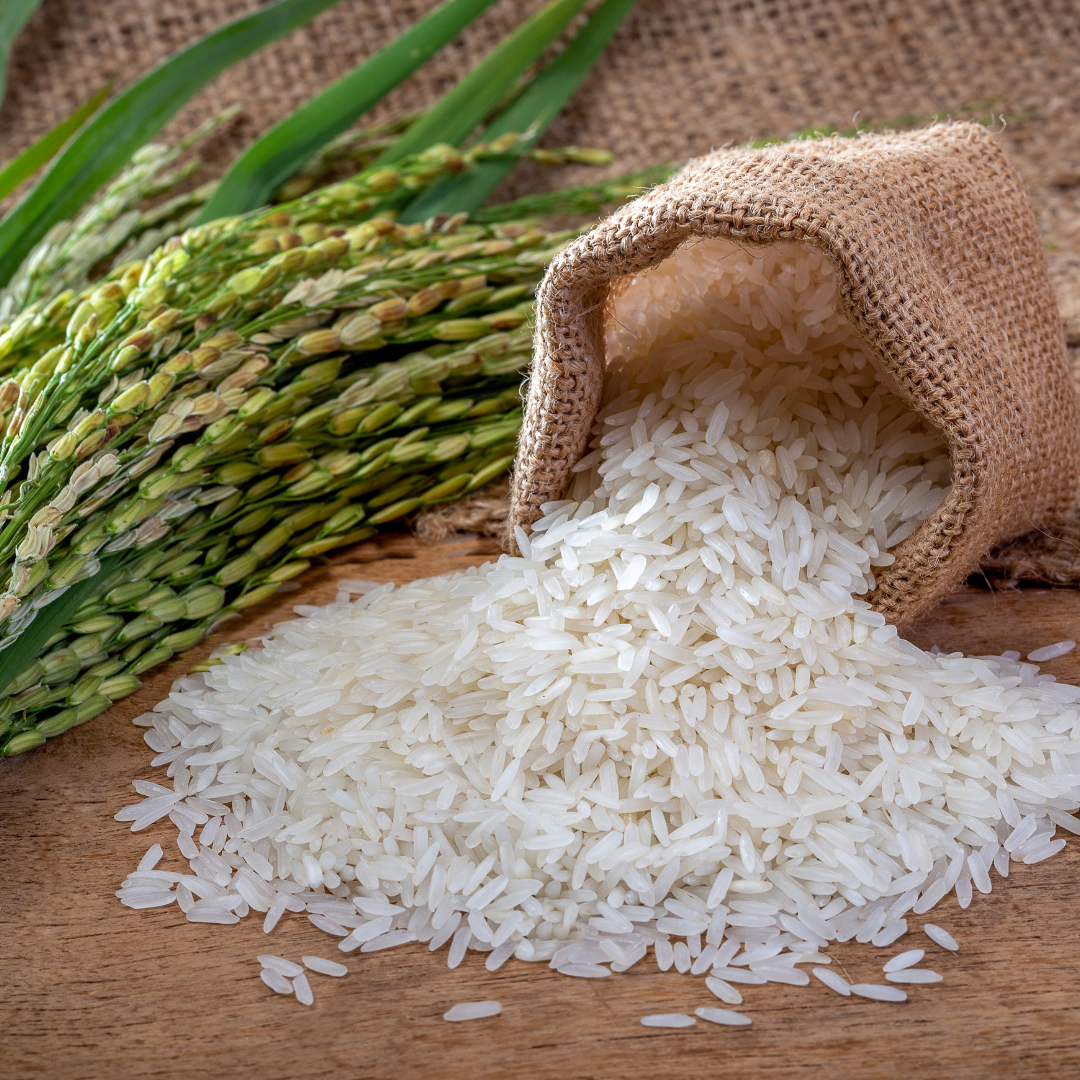
Jasmine rice is a long-grain fragrant rice that originates from Thailand and Vietnam. The fragrant rice has a subtle floral aroma and is often used in Asian rice recipes like stir-fry and curries.
(See more: Types of Rice Cooker)
2. Sushi Rice/Japanese rice
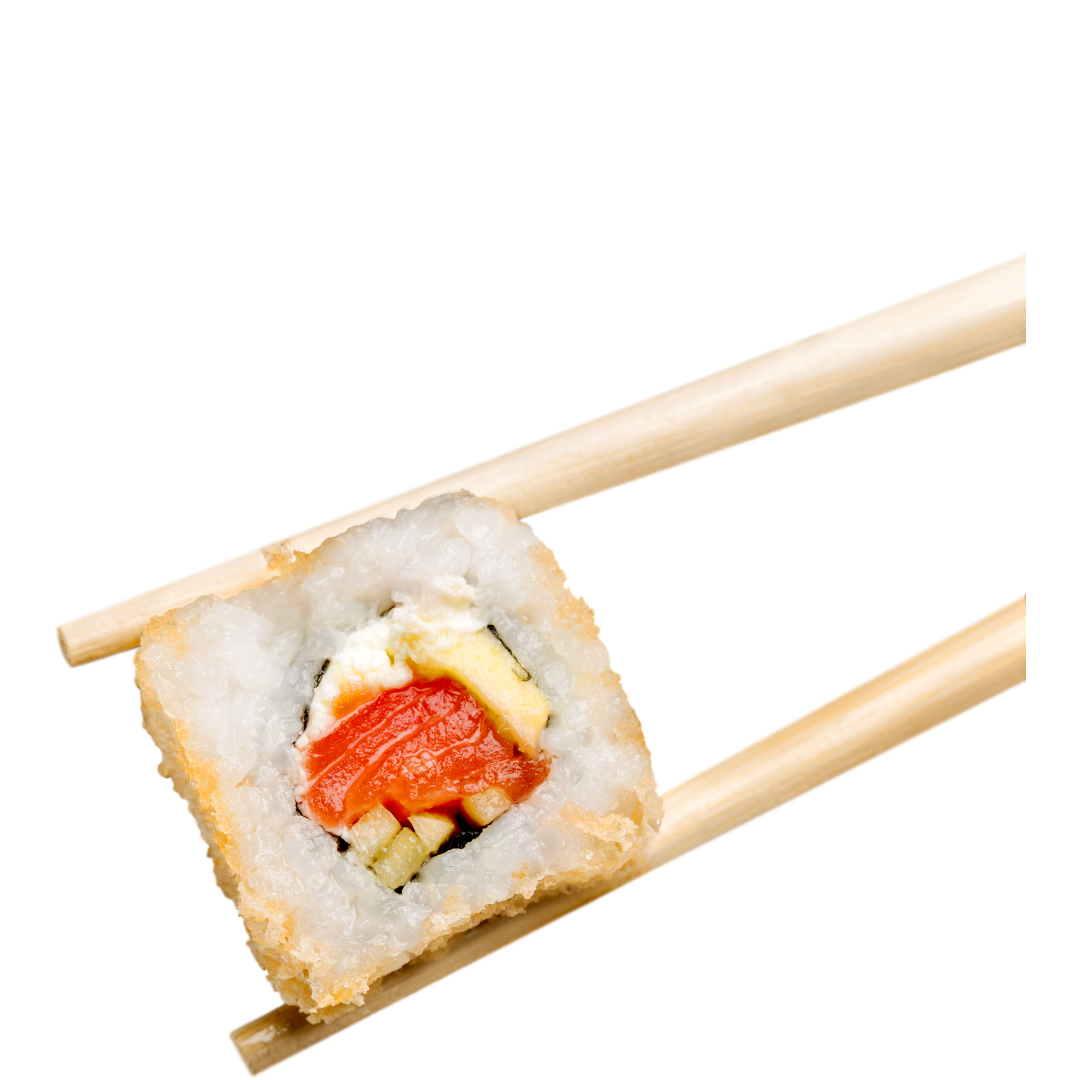
So what is sushi rice? The term “sushi rice”, when used properly, refers to steamed Japanese short-grain rice flavored with vinegar-based seasonings known as sumeshi. In other words, it is seasoned Japanese rice.
Some famous sushi rice/Japanese rice recipes include Onigiri or Rice balls and here's a simple rice recipe you can follow:
- Step 1: Pop your cooked Japanese rice into a nice mixing bowl and add the rice flavoring mix known as furikake. Divide or portion the rice big enough for the rice ball.
*Pro tip-Wet your hands with water and rub them together with a pinch or two of salt to stop the rice from sticking to your hands.
- Step 2: Take up one portion of rice in your hands and get ready to shape your rice ball.
- Step 3: If you would be adding fillings inside, make an indent using your thumb and place the ingredients inside. Fold the rice over, then lightly press it into a rice ball.
- Step 4: Using mainly your fingertips while resting the rice on your palm, start to press and squeeze the rice into a triangular shape.
- Step 5: Don't forget to add nori on the bottom of the onigiri and fold it up towards to the middle of the onigiri.
3. White rice
White rice has been milled to remove the husk and bran layers, giving it a milder taste but fewer nutrients. Rice recipes include Stuffing, bowls, casseroles, rice porridge, stir-fry dishes, and rice pilaf.
4. Basmati rice
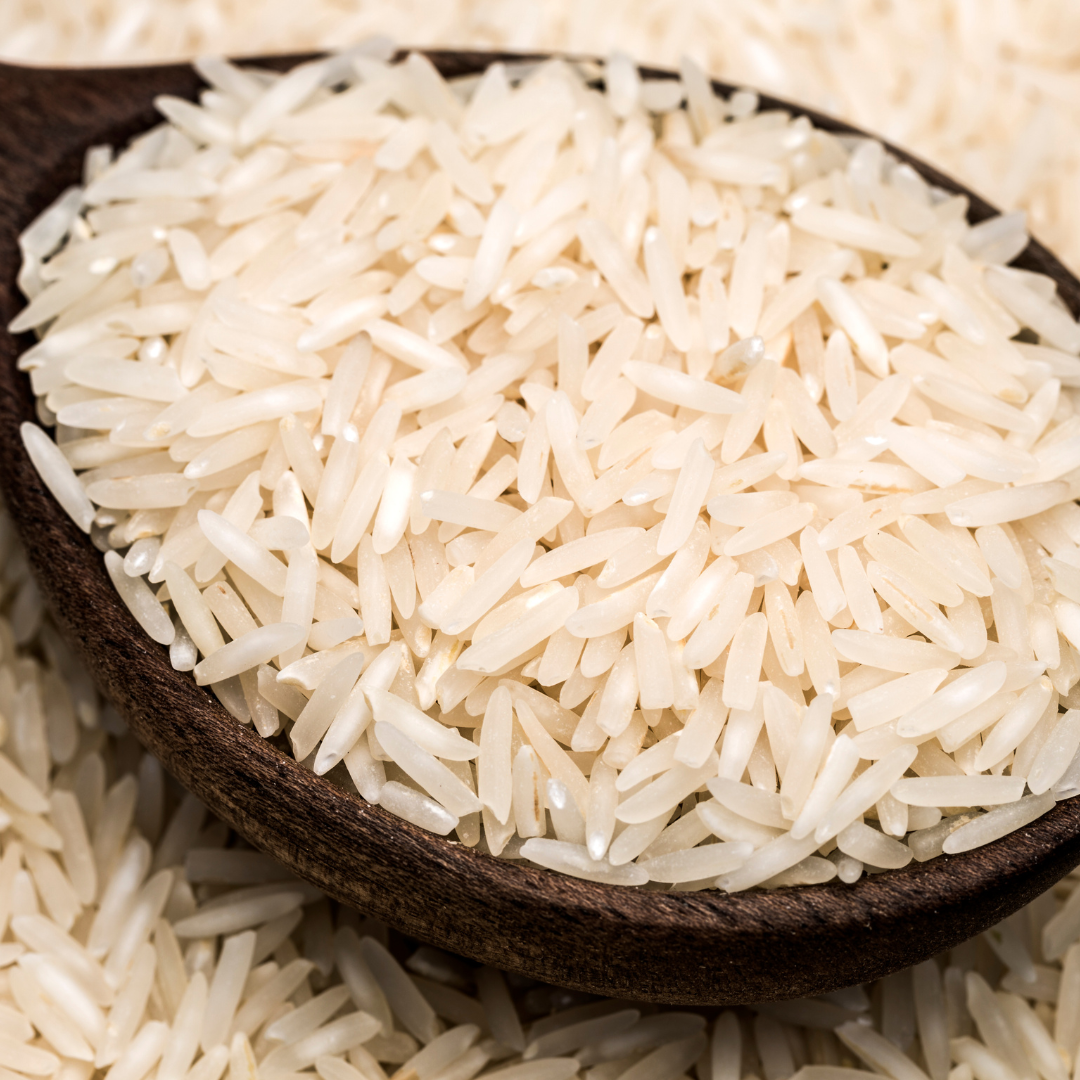
Basmati is known for its distinct flavor profile popular in Indian cuisine rice recipes like biryani. The cooking time for basmati rice is about 10-12 minutes over medium heat, uncovered and basmati rice may triple in length.
5. Wild rice
Wild rice is actually a species of grass seed native to North America and something that makes this rice type unique is that they are edible grains that have a chewy texture when cooked.
6. Sweet rice/Glutinous rice to make sticky rice
Sweet rice contains high starch content making it perfect for rice recipes of desserts such as mochi or sticky texture rice desserts making use of coconut milk when cooking (Authentic glutinous rice desserts have a sticky texture)
Short vs Medium vs Long-Grain rice
We can further classify the categories of rice on whether they are short, medium, or long-grain rice.
Short-Grain Rice
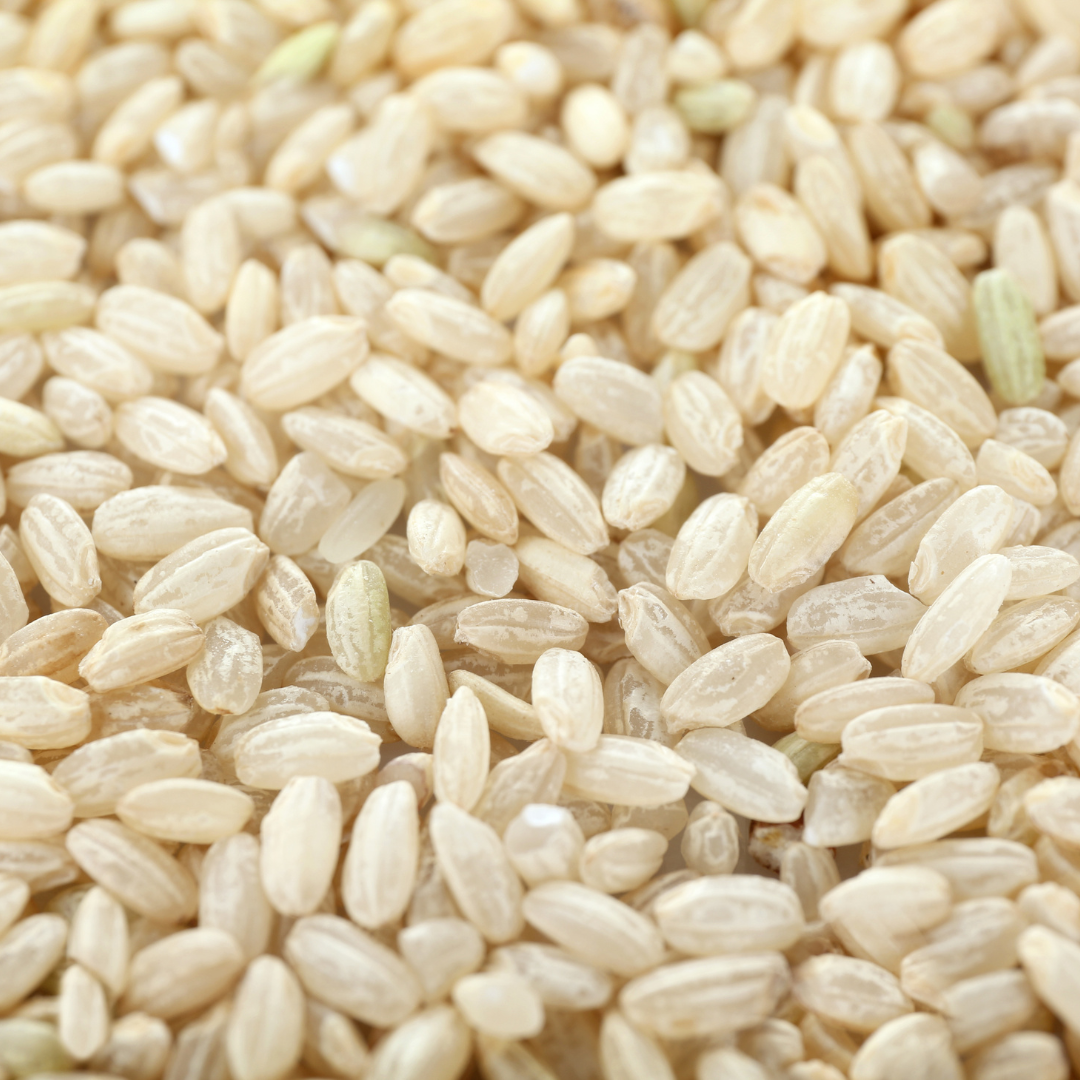
Short,-grain rice is a type of rice with a short, round grain that is commonly used in South Asia. A short grain of rice has a higher starch content than any other variety of rice, making it great for dishes like sushi, rice pudding, and sticky rice desserts.
When cooked, the cooked rice's short-grain rice becomes soft and sticky, making it ideal for dishes where the grains will cling together. Some variants of short-grain rice, such as the Arborio rice, bomba rice, and sushi rice commonly found in South Asia, are similar in length and width.
When you are preparing to cook Arborio rice, remember to not rinse Arborio rice prior to cooking to ensure that have the creaminess of the risotto that came from the extra amount of starch and to make the most of this short-grained rice.
Medium-Grain Rice
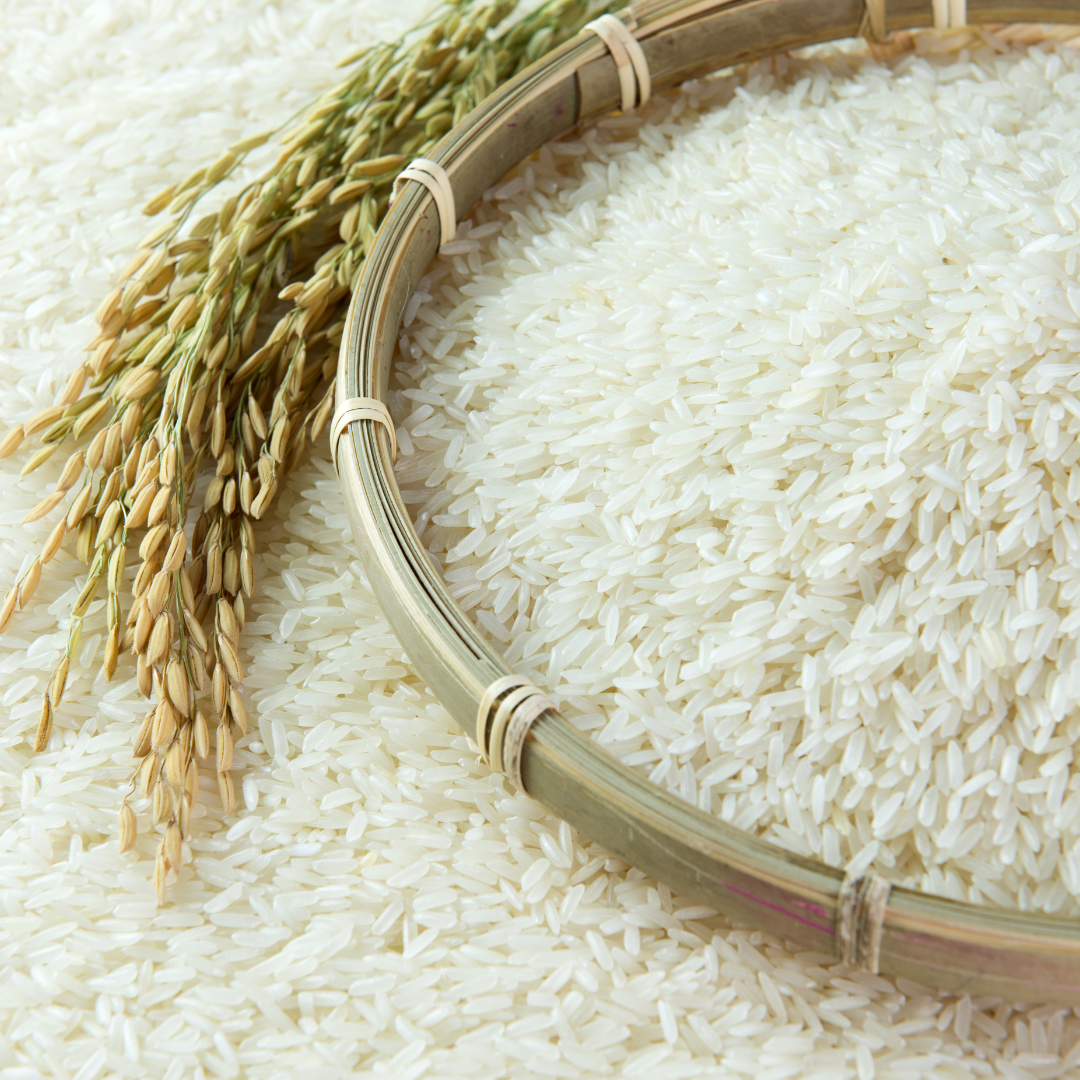
Medium-grain rice is a versatile and flavorful staple that can be used in a variety of dishes. It has a slightly chewy texture when cooked, making it an excellent choice for risotto, paella, and other creamy dishes. Medium-grain rice also works well as a side dish or as the base for stuffings and casseroles.
The most popular medium-grain varieties are calrose, arborio, bomba, and Valencia. Calrose is the most common type of medium-grain rice found in supermarkets; it’s grown mainly in California and has a mild flavor and firm texture when cooked. Arborio is an Italian variety known for its high starch content; this makes it ideal for risotto as its starch helps to create a creamy consistency. Bomba is another popular Spanish variety; its higher starch content allows it to absorb more liquid than other types of rice. Finally, Valencia is a sweeter variety with a nutty flavor that’s often used in Spanish paellas.
No matter which type of medium-grain rice you choose, you’ll find its unique characteristics make it the perfect choice for any number of dishes!
Long-Grain Rice
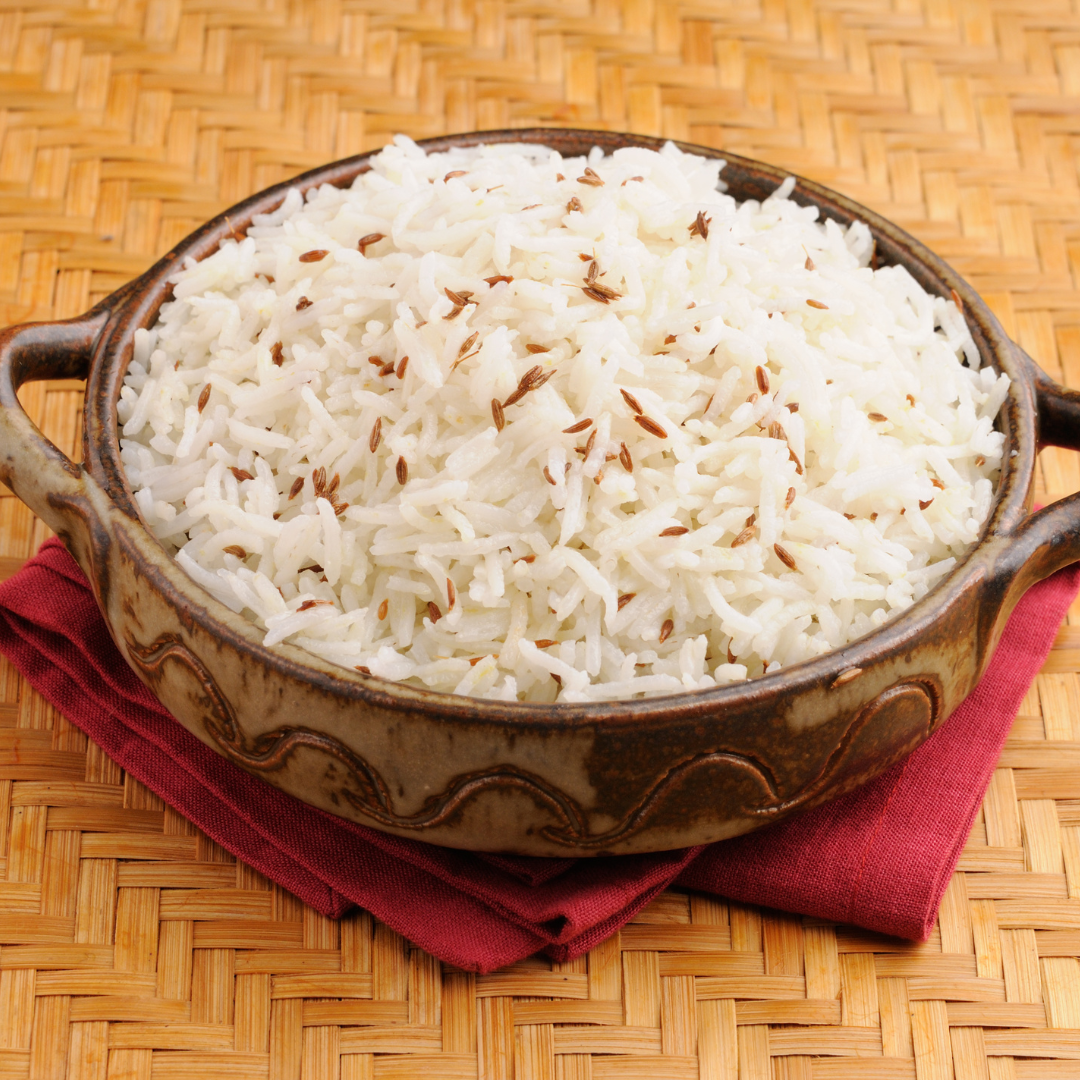
Long-grain rice is a staple in many cuisines around the world and is known for its light, fluffy texture when cooked. It's perfect for salads, pilafs, parboiled rice, and stir-fries due to its ability to hold its shape after cooking.
Long-grain rice is light and fluffy when cooked, making it perfect for salads, pilafs, and stir-fries. Short-grain rice is often more sticky than long-grain types due to its higher starch content, making it ideal for dishes like sushi or risotto. Brown rice has a chewier texture than white rice but retains more of its nutritional benefits due to the presence of the bran layer.
Characteristics of Varieties of Rice
Rice is one of the most versatile grains in the world and is used for a wide variety of dishes. Its unique characteristics vary depending on the type of rice and how it's cooked. Rice can be either long-grain or short-grain, with different colors ranging from off-white to brown.
The flavor also varies according to its origin, with some having a nutty flavor while others are sweet or earthy. Long-grain rice is light and fluffy when cooked, making it perfect for salads, pilafs, and stir-fries.
Short-grain rice is often more sticky than long-grain types due to its higher starch content, making it ideal for dishes like sushi or risotto. Brown rice has a chewier texture than white rice but retains more of its nutritional benefits due to the presence of the bran layer.
The cooking process also affects how rice turns out: when boiled or steamed, grains become soft and tender; when fried or roasted they become crunchy; and then simmered in liquid they become creamy and rich.
The amount of water needed varies depending on the type of grain – short-grain varieties need more liquid during cooking than long-grains – so make sure you follow specific recipes to achieve optimal results!
Rice is one of the most versatile grains in the world and is used for a wide variety of dishes. Its unique characteristics vary depending on the type of rice and how it's cooked.
Rice can be either long-grain or short-grain, with different colors ranging from off-white to brown. The flavor also varies according to its origin, with some having a nutty flavor while others are sweet or earthy.
Uses of varieties of rice
Rice is an incredibly versatile ingredient, used in a variety of dishes across many cultures. It's an excellent source of complex carbohydrates and can be cooked in many ways to suit the desired dish. White Rice is commonly boiled or steamed, but can also be fried, roasted, or simmered in liquid to create a creamy texture.
Long-grain rice is light and fluffy when cooked and works well with salads, pilafs, and stir-fries. Short-grain rice is stickier than long-grain types due to its higher starch content, making it perfect for dishes like sushi or risotto. Brown rice has a chewier texture than white rice but retains more nutrients due to the presence of the bran layer.
White rice can also be used as a side dish or as part of main meals, especially in Southeast Asia. For example, Spanish paella combines short-grain rice with seafood; Indian biryani layers long-grain rice with vegetables and spices; Chinese sweet and sour pork uses short-grain sticky rice; and Japanese sushi wraps vinegared short-grain rice around fish or vegetables. Rice can even be added to soups for extra flavor and nutrition!
Healthier Kinds of Rice
Some are abundant in nutrients and powerful plant compounds that benefit health, while others have less impressive nutrition profiles. The following varieties of grain of rice have nutritional characteristics that make them healthier options for individuals.
1. Brown Rice
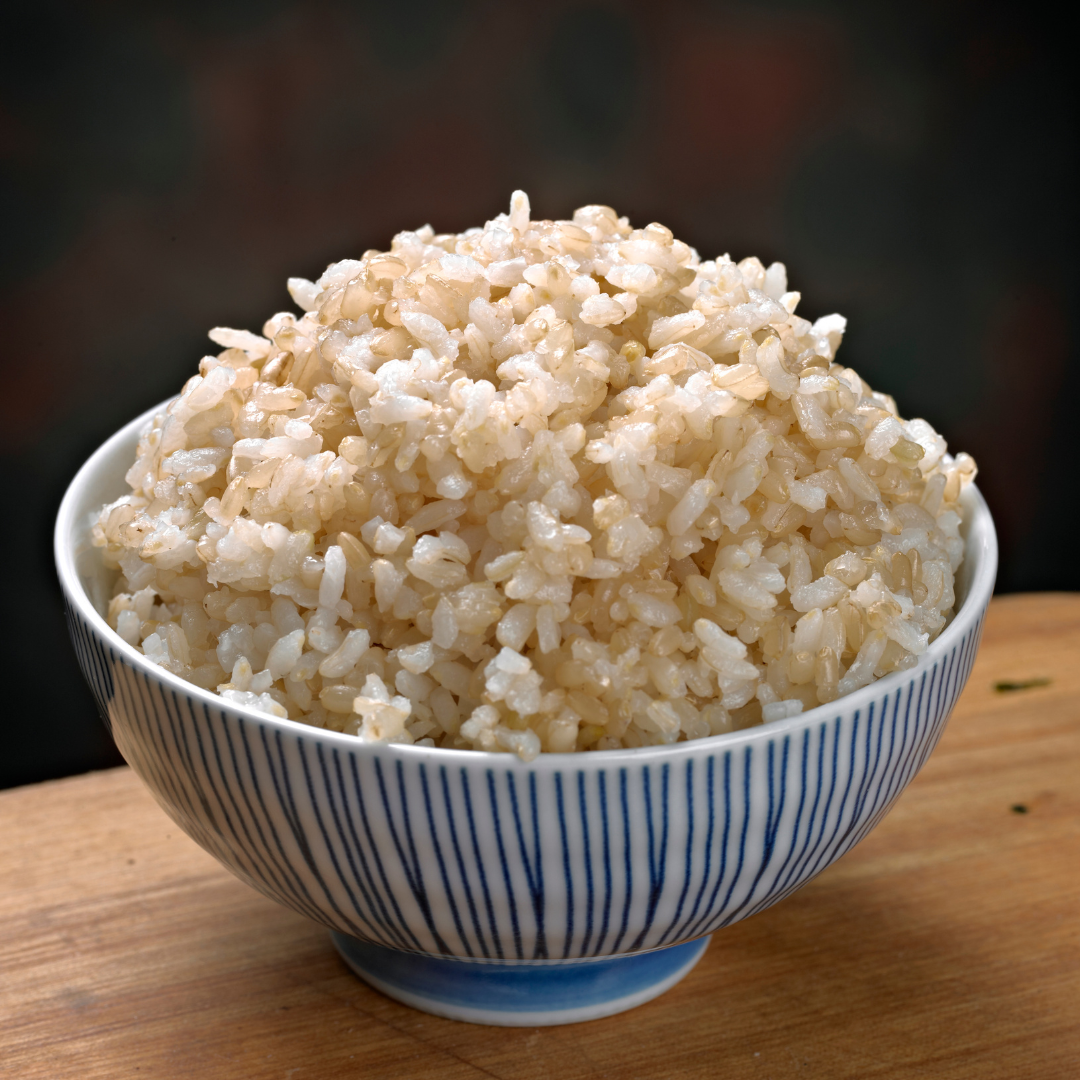
Brown rice is whole-grain rice that has an outer protective shell called the hull removed and is known to be one of the reasons for this to be a healthier alternative.
The whole-grain rice grain's outer layers still contain the bran outer layer which gives it more fiber and vitamins than white rice, as well as a nutty flavor great for soups or salads making this rice grain a popular healthy choice.
2. Black (forbidden) rice
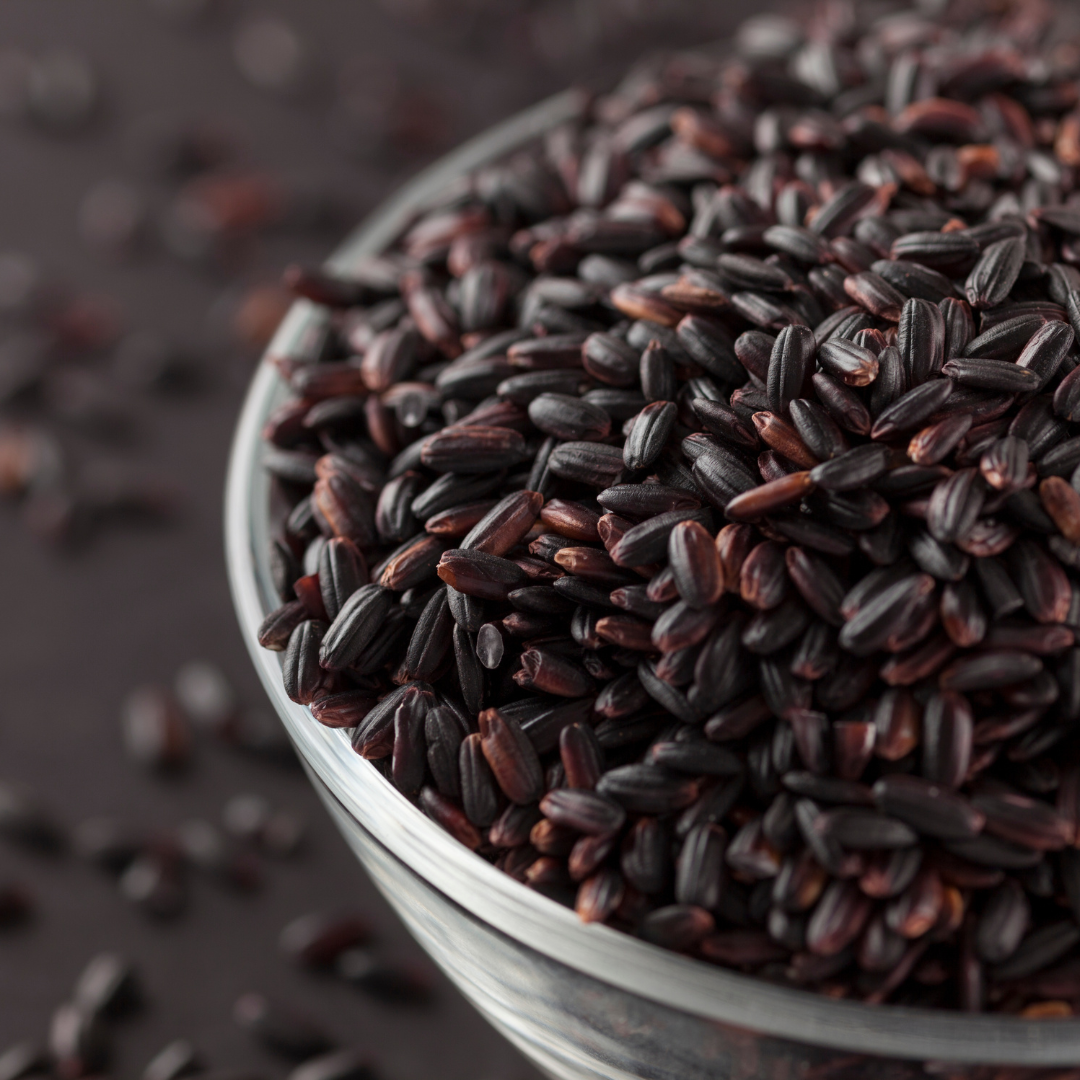
When cooked, forbidden or black rice variants like Indonesian black rice and Thai jasmine black rice, have their deep black color change to purple due to their anthocyanin content.
Another name given to black rice is "forbidden rice" and this is because only the royalty back in ancient has access to this Asian rice deeming it "forbidden" for everyone else.
- Black rice also has been shown to have potent anticancer properties as well.
(See more: 11 Surprising Benefits and Uses of Black Rice)
3. Red rice
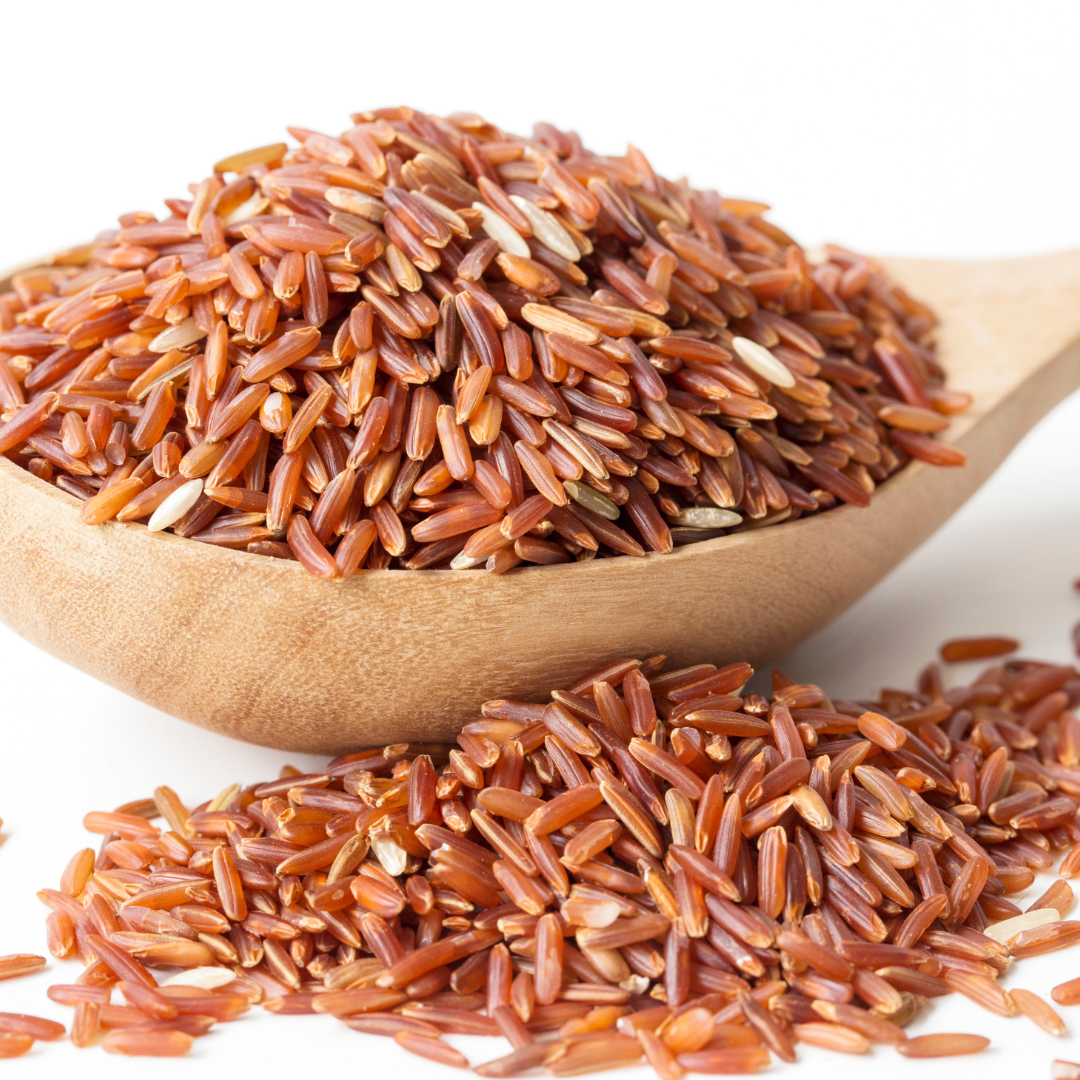
Red rice is observed to be deeply pigmented while having a set of beneficial nutrients and plant compounds properties. Red rice is a variety of rice that looks red in color thanks to its anthocyanin content. (Examples include Himalayan red rice and Thai red cargo rice),
This type of rice has higher nutritional value when it comes to protein and fiber content when compared to white rice varieties but where it really shines as a healthier alternative lies in is in its antioxidant content. Red rice is similar to black rice in a way that this rice contains flavonoid antioxidants, including anthocyanins apigenin, myricetin, and quercetin.
Fun Facts
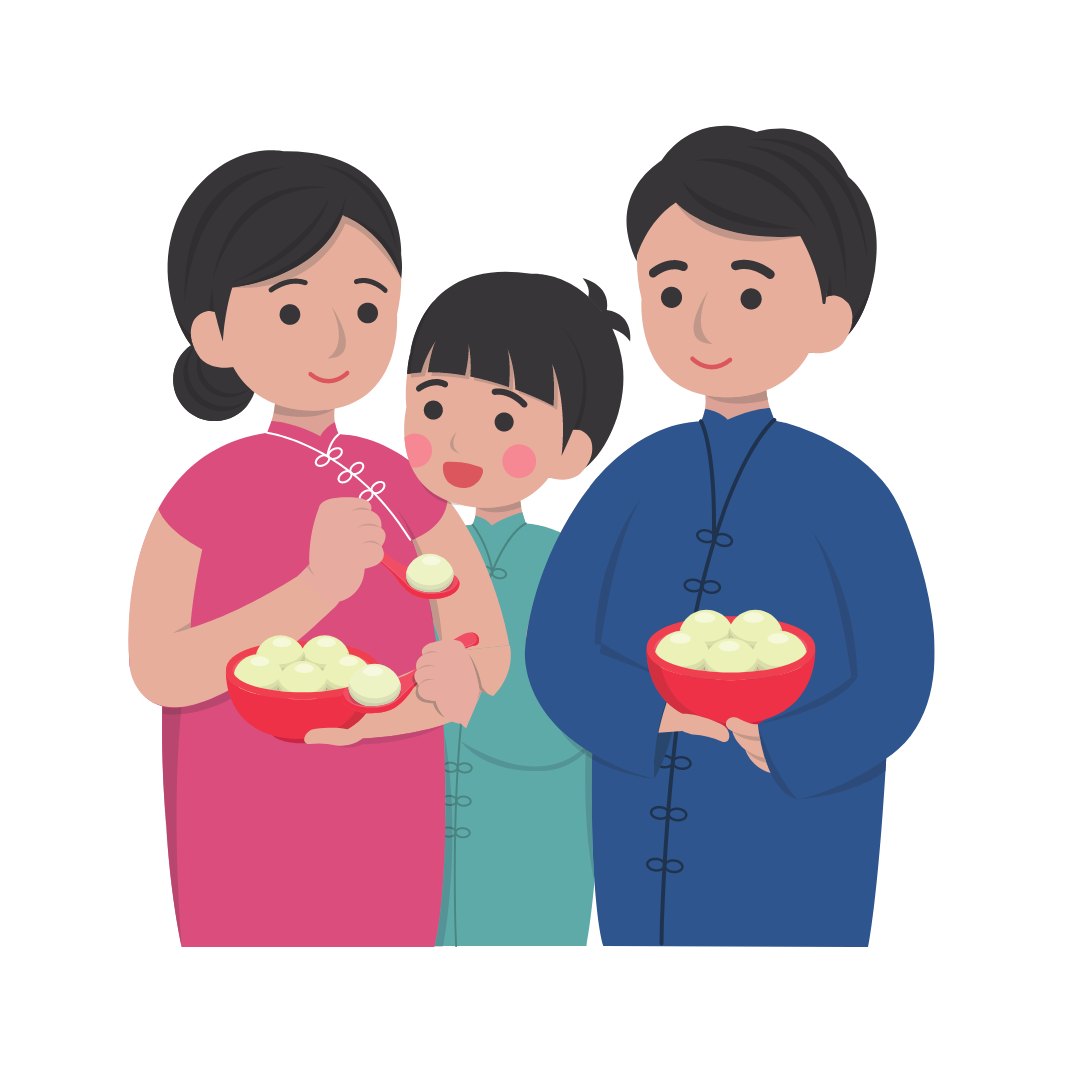
The Spaniards and Portuguese first planted rice in the Caribbean and South America (Brazil). After South America, rice was then introduced to Mexico in the 1520s in Veracruz.
Paella rice has been known to be a challenging dish even for the best chefs out there. Paella rice may have been the main suspect of your crispy-bottomed rice dish. (See more: Paella Rice recipe)
U.S. Rice Production and Trade Marketing and Use of Rice U.S. Rice Policy Global Rice Production and Trade Rice is the primary staple food for more than half the world's population—with Asia, Sub-Saharan Africa, and South America the largest consuming regions.
India is known to be the largest rice exporter in the world. The following are the largest rice exporters after India consisting of:
- Thailand
- Vietnam
- Pakistan
- the United States (particularly South America)
Rice is known to be the edible seed of grass.

